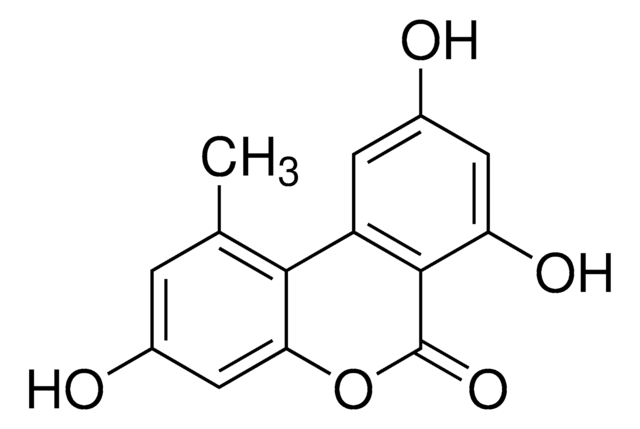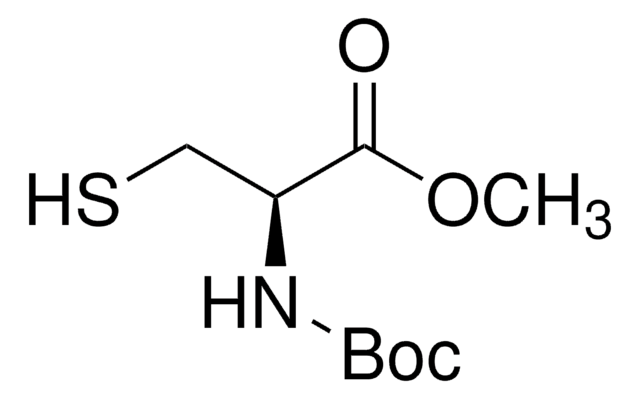A0737
N-acetylcysteine amide
≥98% (HPLC), lyophilized powder, antioxidant
Synonyme(s) :
(R)- 2-(Acetylamino)-3-mercapto-Propanamide, AD4, N-Acetyl-L-cysteinamide, NACA, acetylcysteinamide
About This Item
Produits recommandés
Nom du produit
N-acetylcysteine amide, ≥98% (HPLC)
Niveau de qualité
Essai
≥98% (HPLC)
Forme
lyophilized powder
Conditions de stockage
desiccated
Couleur
white to off-white
Solubilité
H2O: ≥20 mg/mL
DMSO: >40 mg/mL
Température de stockage
2-8°C
Chaîne SMILES
CC(=O)N[C@@H](CS)C(N)=O
InChI
1S/C5H10N2O2S/c1-3(8)7-4(2-10)5(6)9/h4,10H,2H2,1H3,(H2,6,9)(H,7,8)/t4-/m0/s1
Clé InChI
UJCHIZDEQZMODR-BYPYZUCNSA-N
Application
- to protect retinal pigment epithelium (RPE) from oxidative stress
- to show that increased expression of cell adhesion molecule 4 (CADM4) in oligodendrocytes inhibits myelination
- to protect cells from apoptosis induced by shikonin plus erlotinib/gefitinib
- as a component in various culture media
Actions biochimiques/physiologiques
Autres remarques
Mention d'avertissement
Warning
Mentions de danger
Conseils de prudence
Classification des risques
Acute Tox. 4 Oral
Code de la classe de stockage
11 - Combustible Solids
Classe de danger pour l'eau (WGK)
WGK 3
Point d'éclair (°F)
Not applicable
Point d'éclair (°C)
Not applicable
Faites votre choix parmi les versions les plus récentes :
Déjà en possession de ce produit ?
Retrouvez la documentation relative aux produits que vous avez récemment achetés dans la Bibliothèque de documents.
Les clients ont également consulté
Notre équipe de scientifiques dispose d'une expérience dans tous les secteurs de la recherche, notamment en sciences de la vie, science des matériaux, synthèse chimique, chromatographie, analyse et dans de nombreux autres domaines..
Contacter notre Service technique








